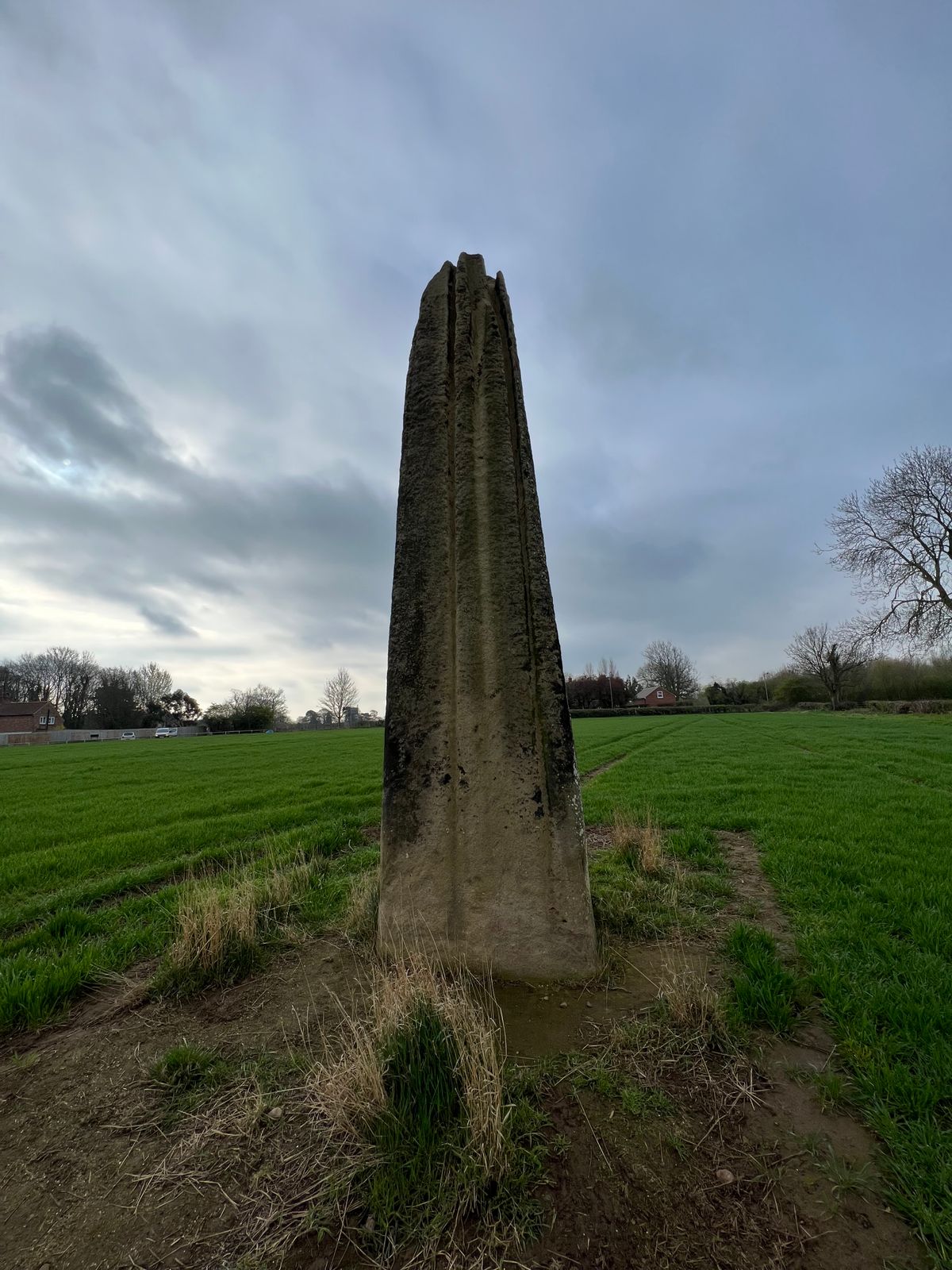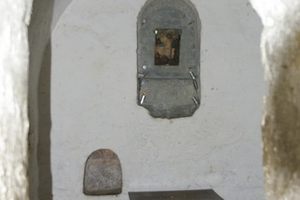About
Standing nearly 22 feet in height, the Bronze Age monoliths known as the Devil’s Arrows are the tallest standing stones in the United Kingdom apart from the Rudston Monolith. The stones are devilishly black with deep grooves running from top to bottom, the result of countless years of corrosive rain on their millstone grit. The grooves are a testament to their age and mystery, many believe the stones were created with grooves to add phallic symbolism or that they stand on a crossroads of ley lines through North Yorkshire. Their name has been traced back to 1721, when there were four stones, known locally as the Devil’s Bolts.
Legend claims that one day the Devil stood on Howe Hill and fired four arrows to destroy Fountain’s Abbey near Ripon but they fell short of their intended target. Since antiquarian William Stukeley’s time, it has been believed that the arrows are in a straight line, running north to south. But that's actually not the case. When they were dragged across from miles of countryside from Knaresborough (seven miles away), the stones were constructed to not be in line, but to be slightly “westward.”
In the 1970s, Paul Devereux wrote in The Ley Hunter’s Companion that, “the functions of the monoliths was to act as a multi-directional sighting or reference instrument.” Devereux also quotes G Bernard Wood on “the Devil’s arrows stand in line “with an ancient ford across the River Ure.”
There is also evidence that the local village of Aldborough held their St. Barnabas Solstice fairs between the arrows and the village of Boroughbridge, a tradition that may have been passed down since the Bronze Age. So far from being three stones in a Yorkshire field, the stones are great to visit and are truly a place of mystery.
Related Tags
Published
June 25, 2021


































